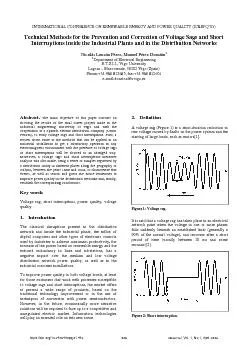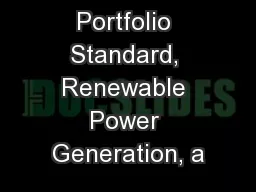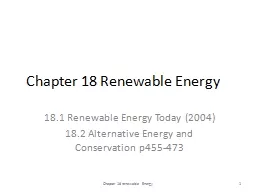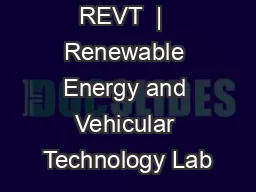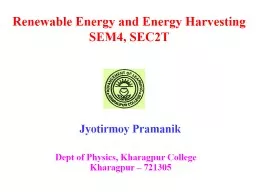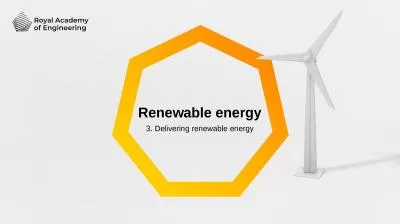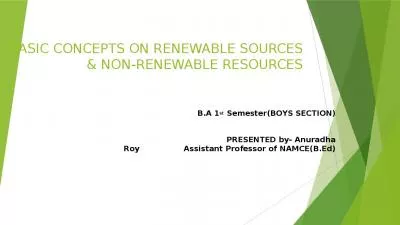PDF-INTERNATIONAL CONFERENCE ON RENEWABLE ENERGY AND POWER QUALITY (ICREPQ
Author : tawny-fly | Published Date : 2017-11-26
Figure 1 Voltage sag It is said that a voltage sag has taken place in an electrical network point when the voltage in one or more phases httpsdoiorg1024084repqj01442 REPQJ
Presentation Embed Code
Download Presentation
Download Presentation The PPT/PDF document "INTERNATIONAL CONFERENCE ON RENEWABLE EN..." is the property of its rightful owner. Permission is granted to download and print the materials on this website for personal, non-commercial use only, and to display it on your personal computer provided you do not modify the materials and that you retain all copyright notices contained in the materials. By downloading content from our website, you accept the terms of this agreement.
INTERNATIONAL CONFERENCE ON RENEWABLE ENERGY AND POWER QUALITY (ICREPQ: Transcript
Download Rules Of Document
"INTERNATIONAL CONFERENCE ON RENEWABLE ENERGY AND POWER QUALITY (ICREPQ"The content belongs to its owner. You may download and print it for personal use, without modification, and keep all copyright notices. By downloading, you agree to these terms.
Related Documents

